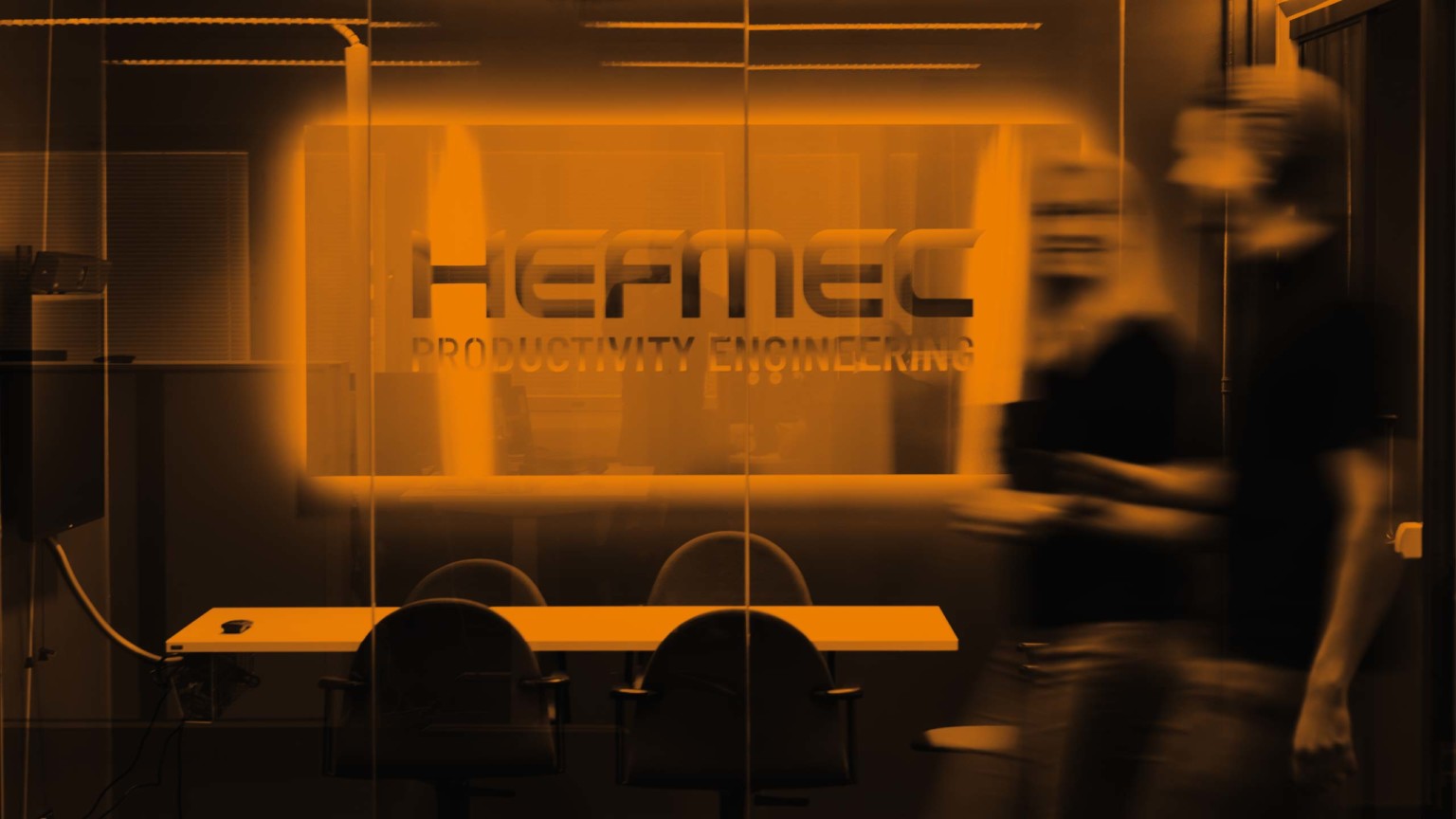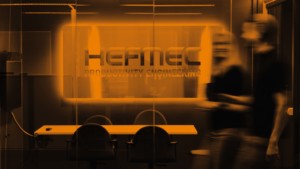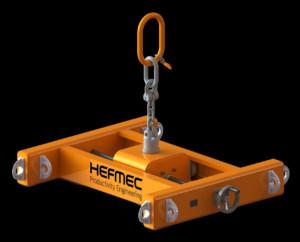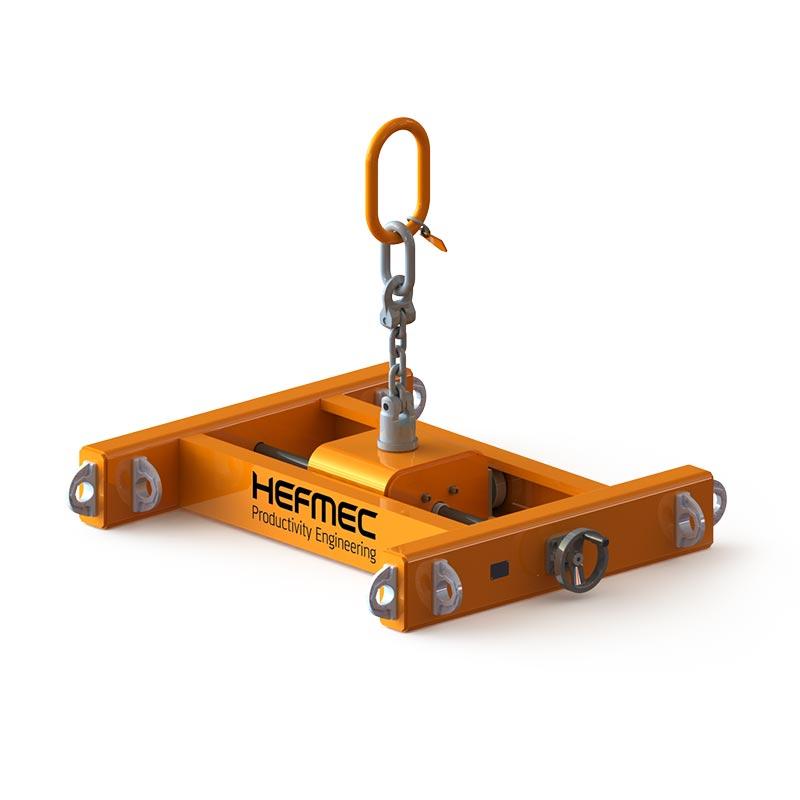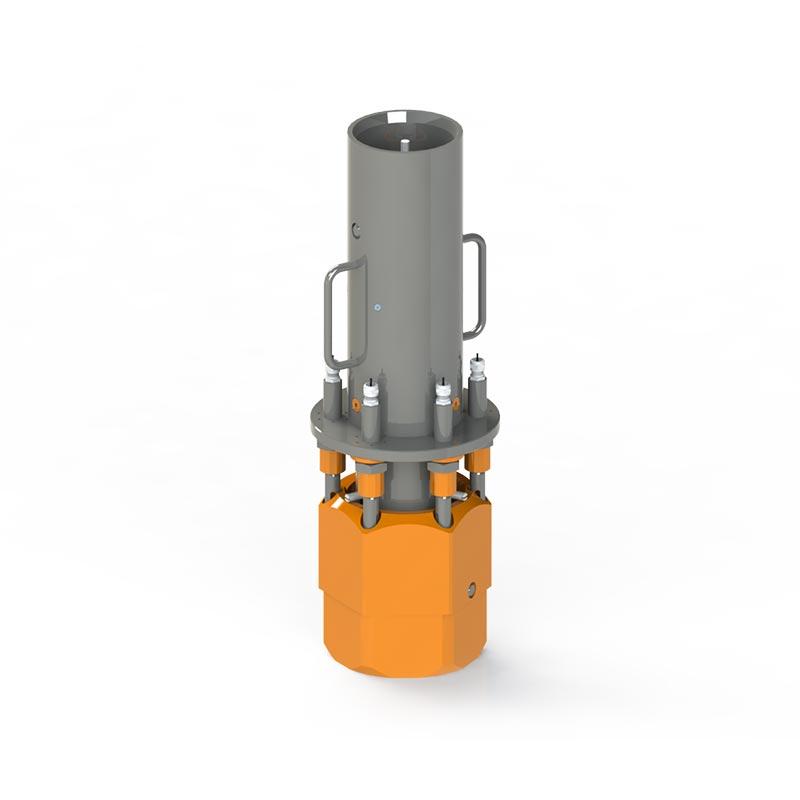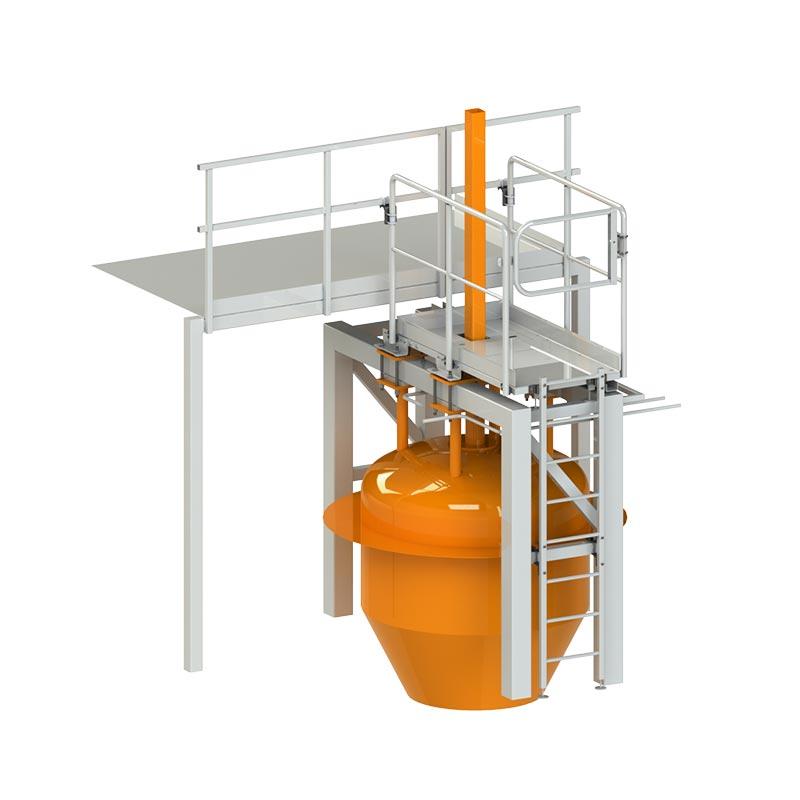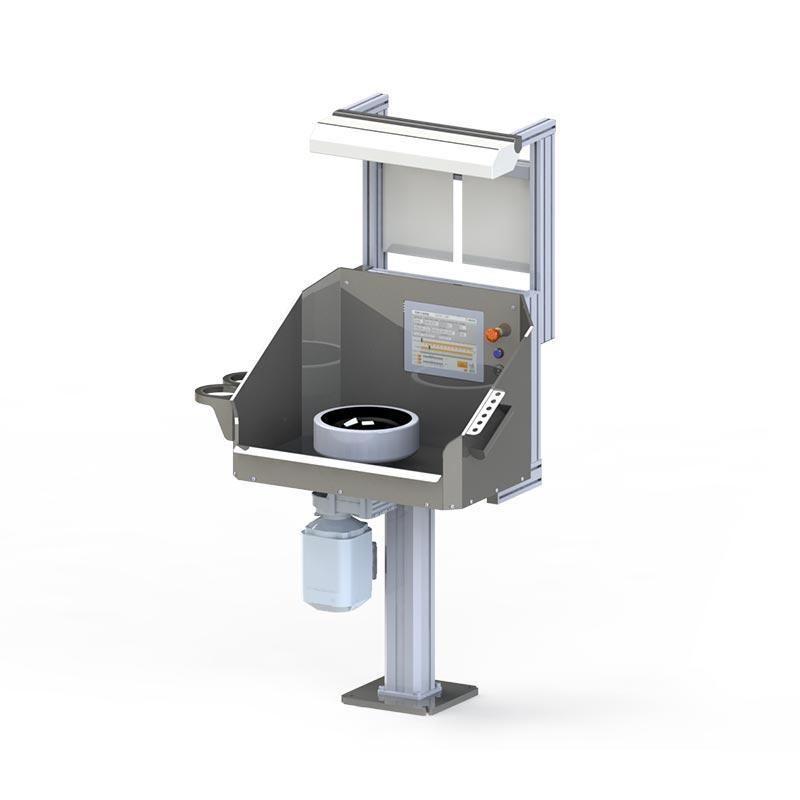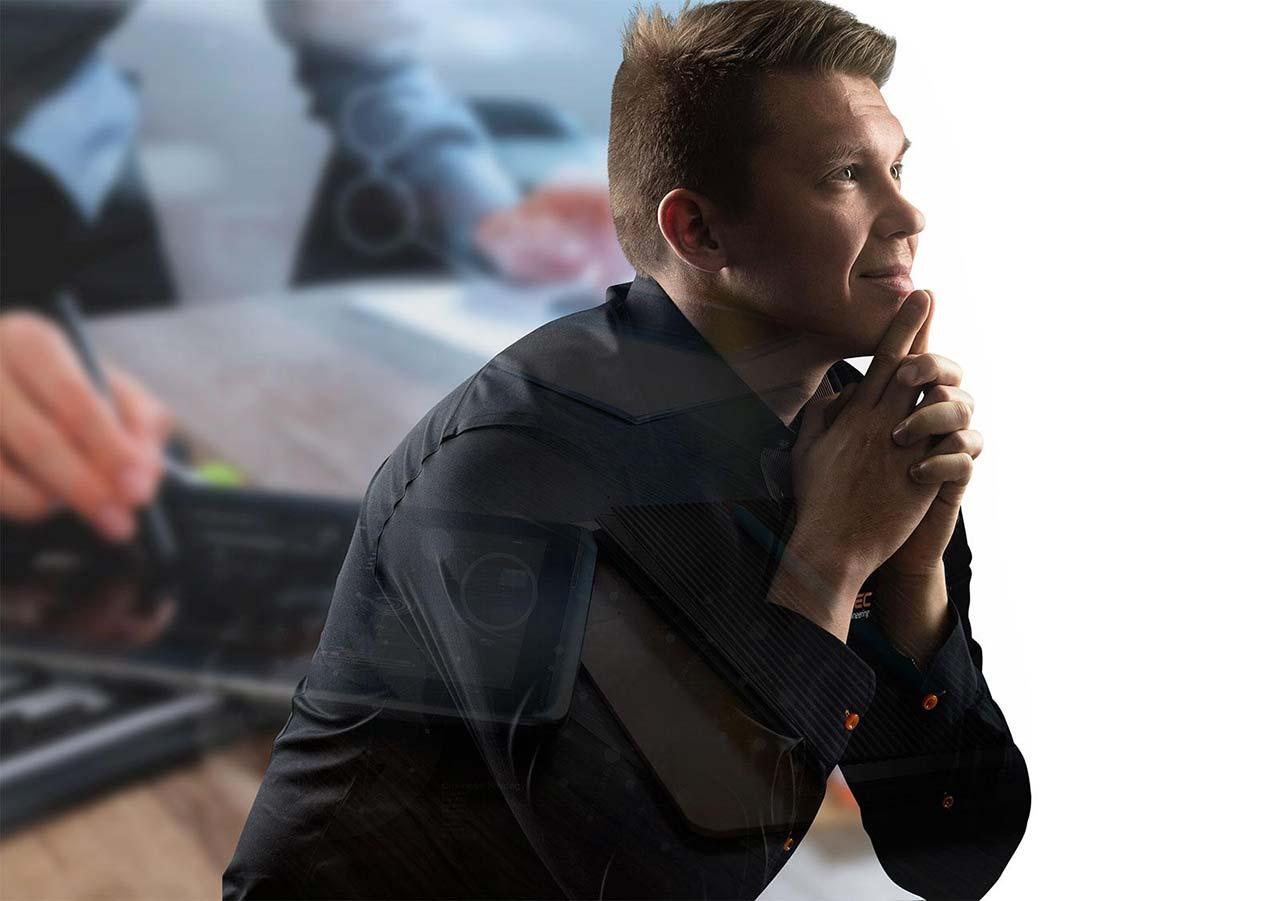Ensuring the compatibility of the lifting solution with the production line requires a systematic approach that takes into account technical requirements, physical constraints and control system integration. The process starts with a thorough needs assessment and definition of technical specifications, through design and implementation to commissioning and ongoing optimisation.
The importance of lifting solution and production line compatibility in production
Lifting solutions form the backbone of modern production, enabling efficient transfer and handling of materials at different stages of the production process. The compatibility of the lifting solution with the production line is a critical factor that directly affects production flow, personnel safety and overall costs.
Lack of compatibility can lead to significant production losses, additional personnel costs and, in the worst case, incidents. A well-designed and integrated lifting solution, on the other hand, improves production lead times, reduces the need for manual labour and minimises the risk of accidents.
Key areas of compatibility include matching lifting capacity and load, optimisation of physical dimensions and travel distances, seamless communication between control systems and standardisation of mechanical and electrical interfaces. Each of these areas requires special attention and expertise to achieve a successful overall solution.
What technical factors should be taken into account when choosing a lifting solution?
A careful assessment of the technical factors forms the basis for a successful choice of lifting solution. Determining the lifting capacity in relation to the needs of the production line is the first and most important step, analysing both current and future load requirements.
The lifting capacity should be designed with an adequate safety factor, taking into account the maximum loads, dynamic forces and possible uneven loads. The choice of lifting beams shall take into account the shape, weight and centre of gravity of the objects to be lifted. Adjustable lifting beams offer flexibility for changing needs, while fixed solutions are suitable for repetitive, standardised lifting.
Matching physical dimensions and travel distances requires careful planning. The lifting solution must fit into the existing space without disturbing other production processes. The travel distances must cover all necessary lifting points and transfer routes.
Control system compatibility and communication protocols are at the heart of modern production line integration. A lifting solution must be able to communicate seamlessly with other components in the production line, share status information and receive control commands.
Standards for electrical and mechanical connections ensure technical compatibility and facilitate maintenance. Standardised interfaces also allow for future expansion and upgrading of the system.
How is the integration of the lifting solution into the production line implemented in practice?
The integration of a lifting solution into an existing production line is a step-by-step process, starting with a thorough design and ending with an optimised commissioning. Successful integration requires a systematic approach and close cooperation between the different parties involved.
During the design phase, detailed documentation is prepared, including technical drawings, wiring diagrams and process descriptions. The integration of the production line requires a thorough compatibility check, analysing the mechanical interfaces, electrical connections and interoperability of the control logic.
During installation, predefined checkpoints are followed to ensure the success of each step before moving on to the next. Mechanical installation includes fixing the lifting beams, reinforcing the support structures and installing the safety equipment. Electrical installation takes into account power supply, control cabling and safety circuits.
The testing methods cover the verification of both individual components and the performance of the whole system. Load tests, motion checks and safety function tests are critical steps before production operation.
During commissioning, the necessary adjustments and optimisation are made under real production conditions. Staff training, the preparation of operating instructions and the definition of a maintenance programme will ensure the efficient and safe use of the system.
Why is professional technical advice important for lifting solutions?
Professional technical consultancy brings to crane solution projects the in-depth expertise and experience needed to solve complex technical challenges. The expert’s ability to identify potential problems at the design stage saves significant time and costs.
A holistic view of the project is one of the key benefits of technical consultancy. The expert can assess the impact of a lifting solution on the entire production process, identify bottlenecks and propose optimal solutions. Technical consultancy covers mechanical design, integration of electrical systems and safety aspects.
Identifying and preventing risks at the design stage is critical to the success of a project. An experienced consultant can identify typical pitfalls and prepare for them in advance. Safety risk assessments, load calculations and compatibility analyses are part of a professional design process.
Ensuring long-term reliability requires a deep understanding of lifting equipment design and mechanical engineering principles. A professional consultant will take into account the whole life cycle needs, including maintenance, upgrades and possible extensions.
| The consultation strand | Benefits for the project | Impact on the final outcome |
|---|---|---|
| Technical design | Optimised solutions, compliance with standards | A reliable and efficient system |
| Risk management | Preventing problems, ensuring safety | Minimised risk of downtime |
| Project coordination | Staying on schedule, optimising resources | Cost-effective implementation |
| Deployment support | Smooth start-up, staff training | Rapid productivity gains |
Key measures to ensure the compatibility of the lifting solution
Ensuring the compatibility of a lifting solution requires a systematic approach, with each step from design to deployment carefully executed. Identifying key actions and performing them in a timely manner is a prerequisite for the success of the project.
The main steps start with a thorough initial survey to define the requirements and constraints of the production line. Production development requires an analysis of the current situation and an anticipation of future needs. The preparation of technical specifications, the design of compatibility tests and the preparation of documentation form the core of the project.
To ensure the success of the project, the checklist includes the following critical points:
- Matching lifting capacity and load needs
- Verification of physical dimensions and space requirements
- Testing the compatibility of control systems
- Integration and verification of security systems
- Drawing up a staff training plan
- Definition of the maintenance and servicing programme
The importance of continuous improvement and maintenance is particularly highlighted in the optimisation of the production line. Regular monitoring, performance measurement and feedback collection allow for continuous improvement. Proactive maintenance and regular inspections ensure reliable system operation.
When choosing a partner, you should pay attention to experience in similar projects, technical expertise and the ability to provide comprehensive solutions. A reliable partner will provide support throughout the project lifecycle, from design to deployment and maintenance. References, certifications and the ability to understand the specificities of the client’s business are important selection criteria.
The successful integration of a lifting solution into a production line is a multi-step process that requires technical expertise, careful planning and systematic implementation. When done correctly, it significantly improves production efficiency, safety and flexibility. The choice of a professional partner and a systematic approach will ensure that the lifting solution optimally serves production needs now and in the future.

